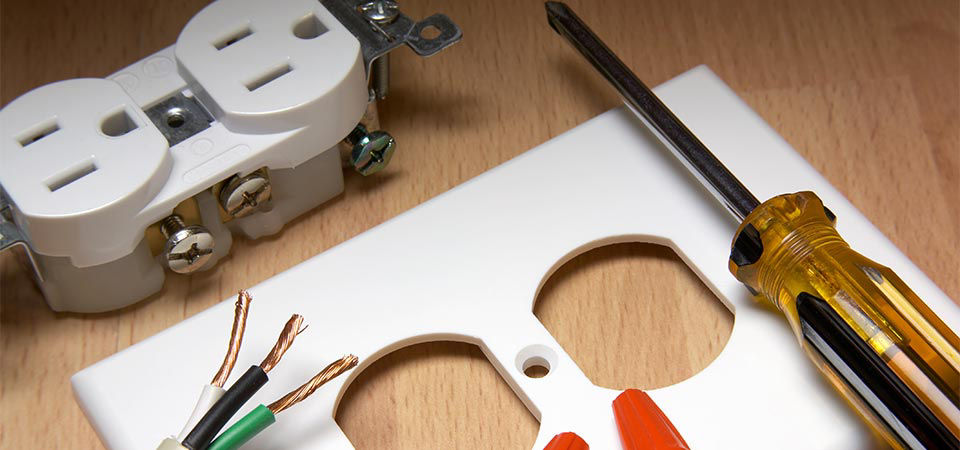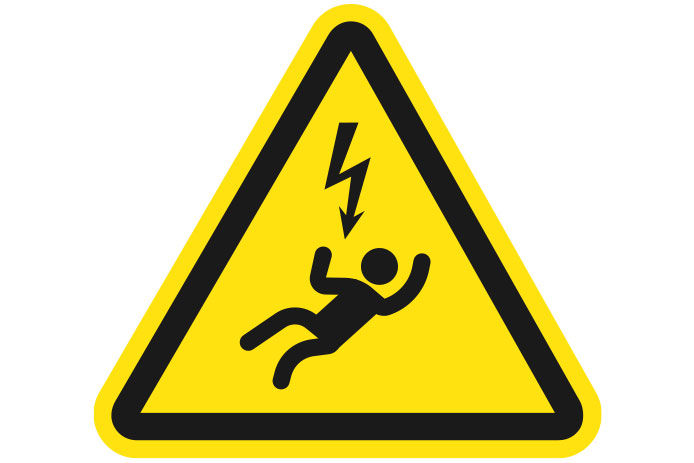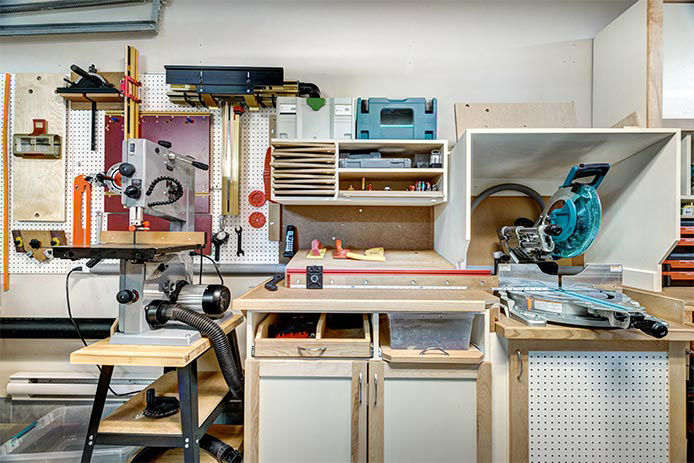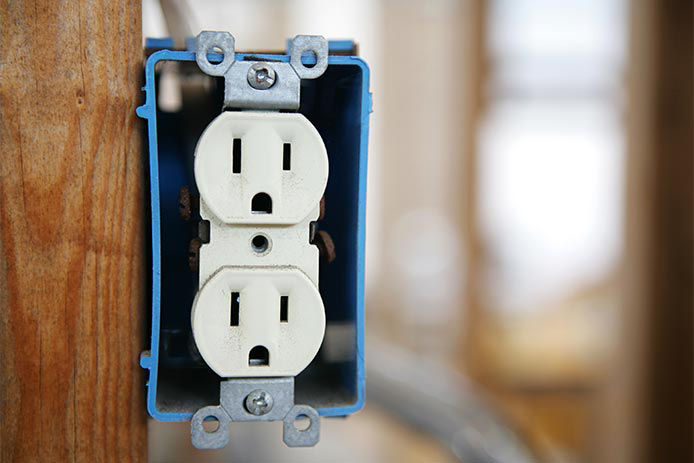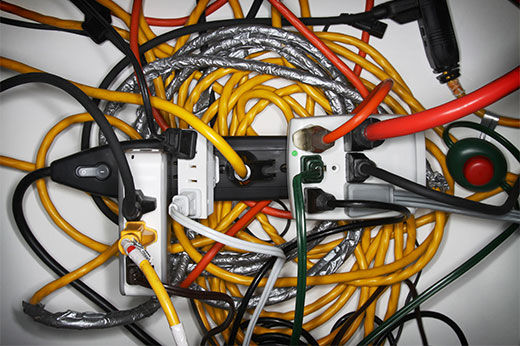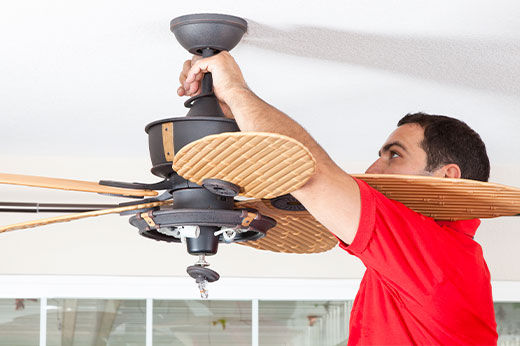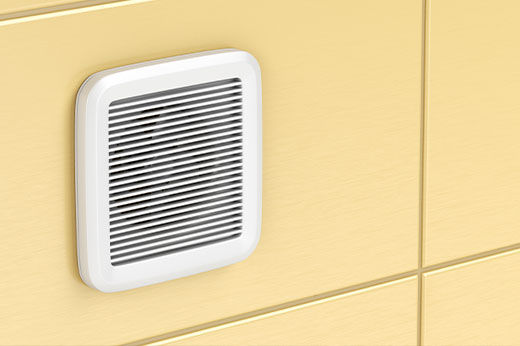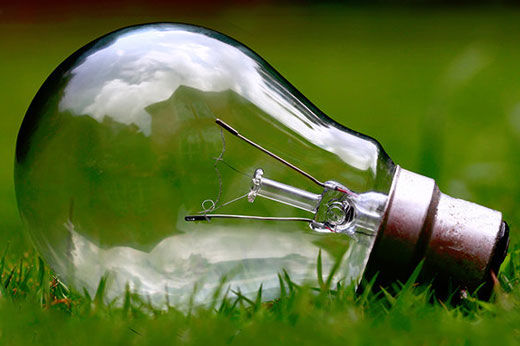Remember, safety first! Before you start working on any wiring in your home, you should always make sure that you're following the necessary safety precautions. Working with electricity can be dangerous. If you plan to remove plate covers on an outlet, turn off all the power before you begin. It can also be wise to use a voltage tester. This little device can tell you if a wire still receives power, helping you stay extra safe. If in doubt, call a professional.
Once you’ve planned your outlet placement, you’ll need to contact an electrician to put in the correct outlets. Your electrician can likely advise you on your plan to ensure it meets all necessary codes. The initial planning will help you determine where you need additional outlets and the number of outlets you will require in your garage.
